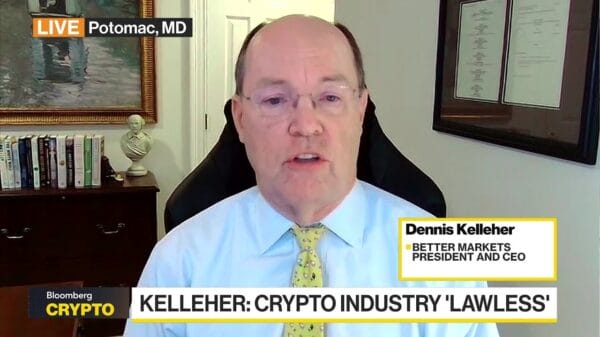Concerns grow among investors due to uncertainty surrounding the Omicron variant.
Recently, medical researchers in various countries have identified a new COVID-19 variant, known as the Omicron variant. Initial studies suggest that this variant has multiple mutations and spike proteins that could potentially make it more contagious than the Delta variant. However, the full extent of its mutations and its response to existing vaccines are still unknown and may take several days to weeks to determine.
In addition to the obvious public health worries, the emergence of the Omicron variant has brought a new wave of uncertainty to the US economy, particularly the stock market, where uncertainty is a major challenge. The appearance of the Alpha and Delta variants caused significant disruptions in the market, but with the characteristics of the Omicron variant still unclear, there is a sense of unease about whether it’s time to be alarmed.
“The question is, is there a slight reduction in vaccine effectiveness, or is it more significant? I believe we will receive some initial data likely within the next few days,” Dr. Ashish Jha, dean of Brown University’s School of Public Health, mentioned in an interview with CNN.
How Covid science, the Fed, and the bull market help to understand the omicron stock outlook https://t.co/zbGc2dOCMY
— CNBC (@CNBC) November 29, 2021
Several critical factors need to be taken into account: How easily can Omicron spread? How does it react to vaccines? Will consumer confidence remain stable? Will governments re-impose border closures? Some countries like Japan have already started closing their borders again to prevent potential new outbreaks.
“At the beginning of this year, I warned that the pandemic’s progression was the main risk to the global economy,” Neil Shearing, group chief economist at Capital Economics, stated in a research report on Monday. “The news about Omicron, government actions to close borders swiftly to contain its spread, and the significant negative market reaction underpin the acute economic fragility.”













































